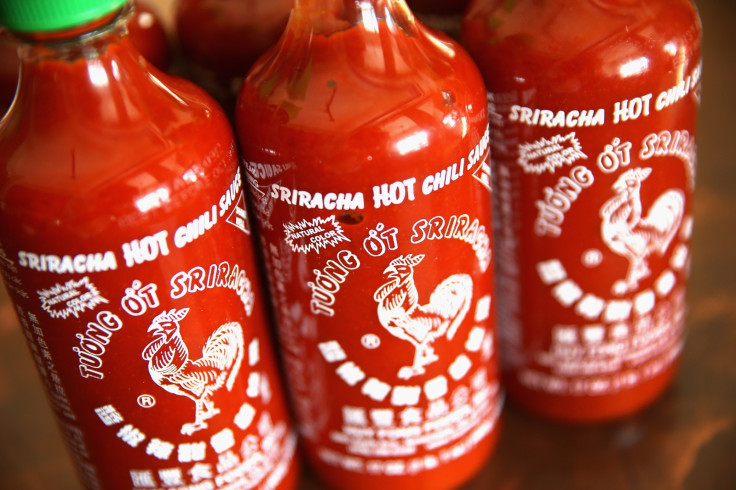Is hot sauce the answer to quick weight loss?
While capsaicin helps curb weight gain, other components in hot sauce may cause bloating.

Spicy food may not be everyone's flavour of choice but it has become a favourite on weight loss diet lists. Various diets recommend adding spicy components to your food, to help burn fat faster, but does this equate to dousing your dinner in hot sauce?
A recent article in Science Alert suggests that using hot sauce is a really easy way to improve your diet. The story made reference to various studies over the years, in which scientists have recorded significant benefits to consuming hot peppers.
Research done in China claimed that the test subjects who ate spicy food regularly showed 14 percent lower mortality risk than those who did not.
"Spicy food consumption showed highly consistent inverse associations with total mortality among both men and women after adjustment for other known or potential risk factors," the report which was published in the BMJ, stated.
A 2005 study published by AACR indicated that consumption of red peppers helped target prostate cancer cells. Recent research conducted in India also indicated how capsaicin changes cancer cells in mice while leaving healthy cells unharmed.
Researchers from the University of Wyoming also found a correlation between capsaicin and fat burning. A study presented at the Biophysical Society's Annual Meeting in 2015 suggested that consuming chili peppers could aid in weight loss by way of thermogenics, the process of creating heat from burning fat.
The team studied mice which were given a high-fat diet. The test subjects stopped gaining weight after capsaicin from chili peppers was added to their diet.
"The main goal of our work is to expand the knowledge of the mechanism by which capsaicin antagonizes obesity, as well as to advance the proof of principle of the anti-obesity potential of dietary capsaicin," the university's pharmacy research group Baskilab mentioned it its press release.
"Research suggests that when you eat hot peppers, it increases your body heat, which boosts metabolism up to five percent, and increases fat burning up to 16 percent," nutritionist Pamela Peeke told the Huffington Post. "Capsaicin promotes the stimulation of brown fat, which aids in metabolism," the author of The Hunger Fix: The Three-Stage Detox and Recovery Plan for Overeating and Food Addiction, added.
Along with cancer and weight loss, the component has also been associated with curbing heart disease and longevity. Topically, it has been used for pain relief and swelling.
However, while hot sauce does contain capsaicin, it has a significantly high percentage of sodium which can be unhealthy if consumed in excess. According to Stack, a serving of Frank's Redhot contains 1 calorie and 190mg of sodium; Sriracha contains 5 calories, 80mg of sodium and a gram of sugar; Tabasco contains 0 calories and 35mg of sodium and Cholula contains 0 calories and 85mg of sodium.
With processed foods becoming such a major part of our meal, the average American is consuming more than his fair share of sodium. While the body does require a particular amount, in excess, sodium can cause high blood pressure, heart failure, stroke and a wide range of other issues.
For those looking to lose weight, the component is known to cause water retention and bloating and actually works against dropping the inches.
So what is the solution? Capsaicin can be consumed in various other forms instead of via hot sauce. Use fresh spicy red peppers in a salad, while cooking meat or add a pinch of it to your daily glass of hot water and lime.

Peppers with the most capsaicin according to the Scoville scale
Bhut Jolokia Chili
The world's hottest chili pepper happens to have the highest amount of capsaicin. The Chile Pepper Institute of New Mexico State University reported that the average capsaicin content of the Bhut Jolokia measures:
Scoville units: 1,001,304
Naga Viper
According to tests conducted at Warwick University, the Naga Viper capsaicin content has a very high amount of capsaicin. However, the chili is not commercially available.
Scoville units: 1,359,000
Habanero
A 2006 study published in the Journal of Environmental Science and Health noted that habanero peppers have some of the highest concentrations of capsaicin.
Scoville units: 210,000
Tabasco Chili
Kentucky State University researchers confirmed that the Tabasco chili has a capsaicin concentration.
Scoville units: 120,000























